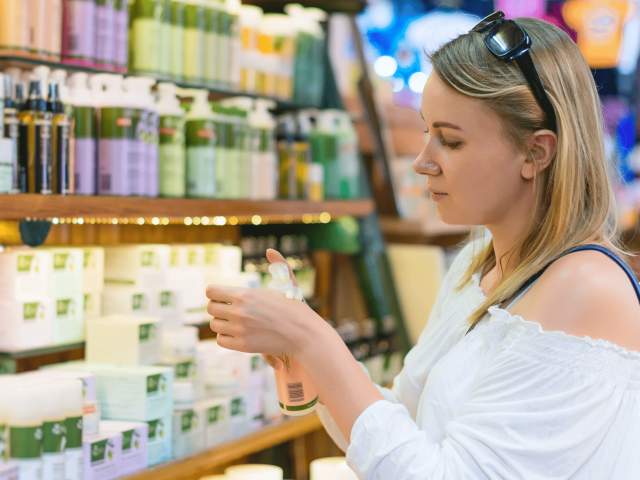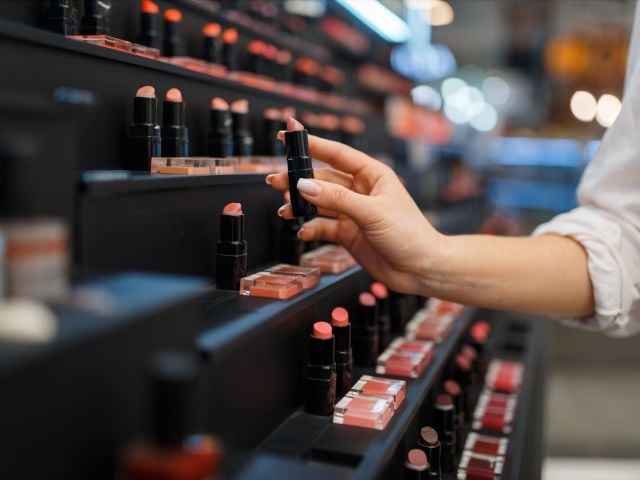WASHINGTON – Just in time for summer, EWG released its 2017 Guide to Sunscreens today, which found that almost three-fourths of the products evaluated rate poorly for skin protection, or have ingredients that could cause adverse health effects or heighten sensitivity to the sun’s harmful rays.
The 11th annual edition of the guide rates almost 1,500 sunscreens, moisturizers and lip balms that advertise sun protection. But EWG researchers found that 73 percent of the products don’t work well, or contain worrisome ingredients such as oxybenzone and retinyl palmitate. Oxybenzone is a known hormone disruptor and some evidence suggests that adding retinyl palmitate, a form of vitamin A, to sunscreens could heighten sun sensitivity.
“The vast majority of sunscreens available to Americans aren’t as good as they should be,” said Sonya Lunder, senior research analyst at EWG and lead author of the guide. “Sunscreens will not improve until the Food and Drug Administration sets stronger rules, reviews harmful chemicals, and allows the use of new ingredients that offer stronger UVA protection.”
A poor quality sunscreen may prevent sunburn, but won’t shield skin from UVA rays that cause skin aging and possibly melanoma. EWG estimates that half of all sunscreens on the U.S. market could not be sold in Europe, where stronger UVA protection is required.
“High SPF is a marketing gimmick,” said David Andrews, a senior scientist at EWG. “SPF values over 50 mislead people into thinking they are completely protected from sunburn and long-term skin damage. But instead, they may encourage people to spend more time in the sun, exposing themselves to more, not less, ultraviolet rays.”
Because of FDA caps on active ingredients, SPF 30 and SPF 100 products generally contain the exact same concentration of avobenzone, the primary ingredient used to reduce UVA exposure. Additionally, inflated SPF claims hide the fact that all sunscreens break down or wear off.
Capping SPF claims is one way the FDA could improve consumer protection and transparency in sunscreen marketing. In 2011 the agency proposed to cap SPF values at 50+, calling higher numbers misleading. But sunscreen companies continue to market higher SPF products, flooding store shelves with products that don’t provide the protection consumers think they’re getting.
Curt Della Vale, an epidemiologist who directs EWG’s cancer program, explained that melanoma rates are climbing, increasing almost 2 percent a year since 2000.
Babies and young children are especially vulnerable to sun damage.
“A few blistering sunburns early in life can influence babies and children’s risk of developing melanoma later,” said Della Vale.
Sunscreen is only one tool to prevent sunburn. Nneka Leiba, EWG’s director of healthy living science, said people should also protect their skin by wearing shirts, hats and pants, and staying in the shade.
But wearing sunscreen is still important. Here are more tips for choosing better sunscreens.
- Check products against EWG’s sunscreen database and avoid those with harmful additives.
- Steer clear of products with SPFs higher than 50+.
- Avoid sprays. They don’t provide a thick and uniform coating on skin, and pose inhalation concerns.
- Stay away from vitamin A. Government studies link the use of retinyl palmitate, a form of vitamin A, to the formation of skin tumors and lesions when it’s applied to sun-exposed skin.
- Steer clear of oxybenzone. This widely used UV-filtering chemical is a hormone disrupter and allergen.
The sunscreen guide also includes important information on how to read product labels, identify potential hazards and avoid skin damage.
Shoppers on the go can download EWG’s Healthy Living App to get ratings and safety information on sunscreens and other personal care products right at their fingertips. Also be sure to check out EWG’s sunscreen label decoder.



